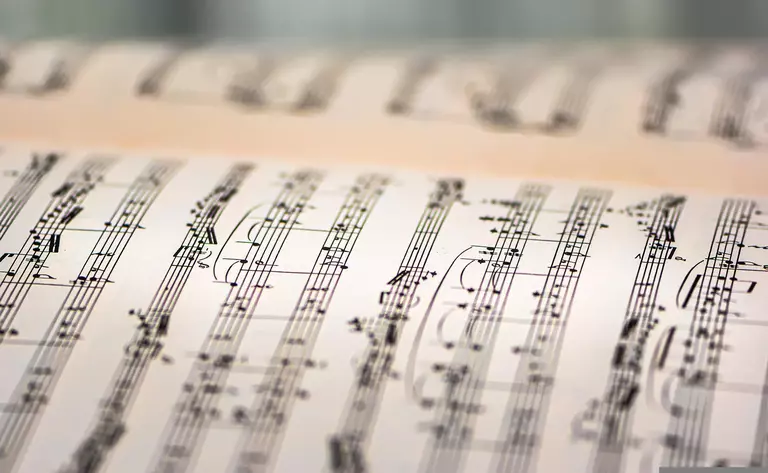29 November 2022
History of the string quartet 3
When talking about history, each of us discovers aspects of life that we had never considered before. Even when discussing music, it is worth mentioning the bidirectional development of the string quartet from a sociological perspective.

The maturation of chamber music style occurred through various paths. In the 18th century, domestic music was extremely popular, especially in France and Germany. For this purpose, a special repertoire was created. Mostly, these were melodies from opera arias (petits airs en Quattuor). In Austria, this repertoire was created by Pleyel, Franzi, Gyrowetz, Hoffmeister, and Vranicky. This bourgeois repertoire developed until the early 19th century. It was a separate creation, completely different from the Viennese classics, inaccessible to amateurs. However, it contributed to the spread of the string quartet.
The Role of String Quartets in Vienna
Vienna also had a great printing culture. As we know, the oldest music publishing house in the world, Breikpof, was founded in 1719. In both aristocratic and bourgeois circles, purchasing sheet music was widespread. By the end of the 18th century, Johan Traeg, a music copyist, began creating catalogs of works. One approach to these catalogs is statistical analysis: Horst Walter uses this method in the case of string quartets, drawing from Johan Traeg's catalogs.
If we consider the number of works in the Traeg catalog from 1799, there are over 500 symphonies and more than two string quartets: 1,100 string quartets in 218 sets composed by 118 named composers. "But, at least according to the Traeg catalog of 1799, the second place belongs to the piano sonata alone, which is represented by over 1,013 works in 298 sets by more than 110 composers. [...] It also includes arrangements of operatic works, while similar arrangements for string quartets are classified separately. However, these numbers should make us reflect. The string quartet was undoubtedly the most popular and privileged chamber genre."
"The string quartet has increasingly distinguished itself—both literally and figuratively—as a special genre. Writing in 1810, Petiscus was concerned with positioning it, from an aesthetic point of view, between orchestral music and solo music. Writers, from Hanslick onwards, observed that the string quartet was less and less comfortable in court rooms and was found more often in public spaces. Petiscus wrote from Leipzig, where, as in Vienna, the string quartet had already partially left the Kunstkammer. In Leipzig, the Gewandhaus Quartet was based, a professional ensemble formed in 1808 modeled after the Schuppanzigh quartet in Vienna, which held semi-public concerts starting in 1804. However, the transition of the string quartet from 'private' to 'public' was a gradual process, which has been somewhat exaggerated in the genre's history. By 1810, the court chamber was no longer its true home, and bourgeois salons and parlors, rather than public halls, were its more typical venues in Vienna, Leipzig, and elsewhere."
Bibliografia:
- Angus Watson - Beethoven's Chamber Music in Context, 2010. ISBN-10. 1843835770
- Adam Czech - Ordynaci i trędowaci, 2015. ISBN-13. 978-8374531221

+39 331 731 8593
+39 347 798 9505
info@velon.it